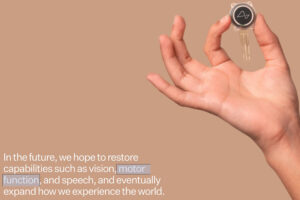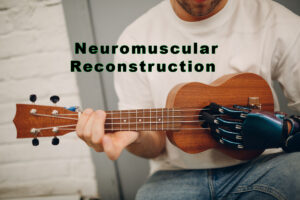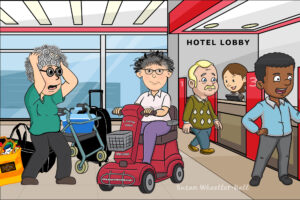One of the first things people ask when meeting new people is, ” what do you do for a living?”, or “what line of work are you in?”, etc. There is an assumption that the kind of work we do is an extension of ourselves. To a large degree, it is, particularly if you consider how important earnings are in order to maintain a lifestyle.
Employment fulfills our sense of purpose. It may not be that we believe serving coffee is a purposeful exercise in of itself, but maintaining such a job to sustain family responsibilities certainly is purposeful. For people with disabilities acquiring positions of employment continues to be difficult to achieve. For vocations that require physical strength, such as building construction or trades, having any type of disabilities would obviously prohibit involvement. It is more appropriate to focus on vocations and professions that are gleaned from specific educational training that can build upon abilities. There are many industries where people with disabilities have excelled, such as IT, education, law, social work, etc.
During the 1980s there was a concentrated effort to advance the inclusion of people with disabilities within their communities. The five core facets of lifestyle that were identified were transportation, housing, education, recreation, and employment. A host of programs were designed to help reduce barriers and enable people with disabilities to participate more fully in pursuing and maintaining independent lifestyles.
In regard to employment, many industries introduced employment equity programs. Such programs were two-fold; supports were implemented to encourage existing employees to benefit from programs aimed to help them stay gainfully employed. As well, employment equity initiatives were designed and funded to help employers willing to hire qualified people with disabilities. These types of initiatives were successful in creating opportunities that may not have otherwise come about.
The single most important barrier to employment for people with disabilities is the misperceptions and attitudes of possible employers and co-workers. Awareness training has proven time and time again as an effective way to promote change. While for the most part barriers are unintentional, they nonetheless pose problems that far exceed those of disabilities themselves.
Computers and the many aspects of the IT industry have allowed many people with disabilities to work in a self-employed fashion, thereby allowing them to attend to their disability needs such as working around care provider schedules, attending physiotherapy and other helpful medical treatments. The increase in the aging population is also introducing new industries that people with disabilities can benefit from by offering consulting type advice that seniors may now need in order to age in place.
Living with a disability certainly requires one to learn about problem-solving and where employment is concerned this clearly is a skill valued by many employers.











